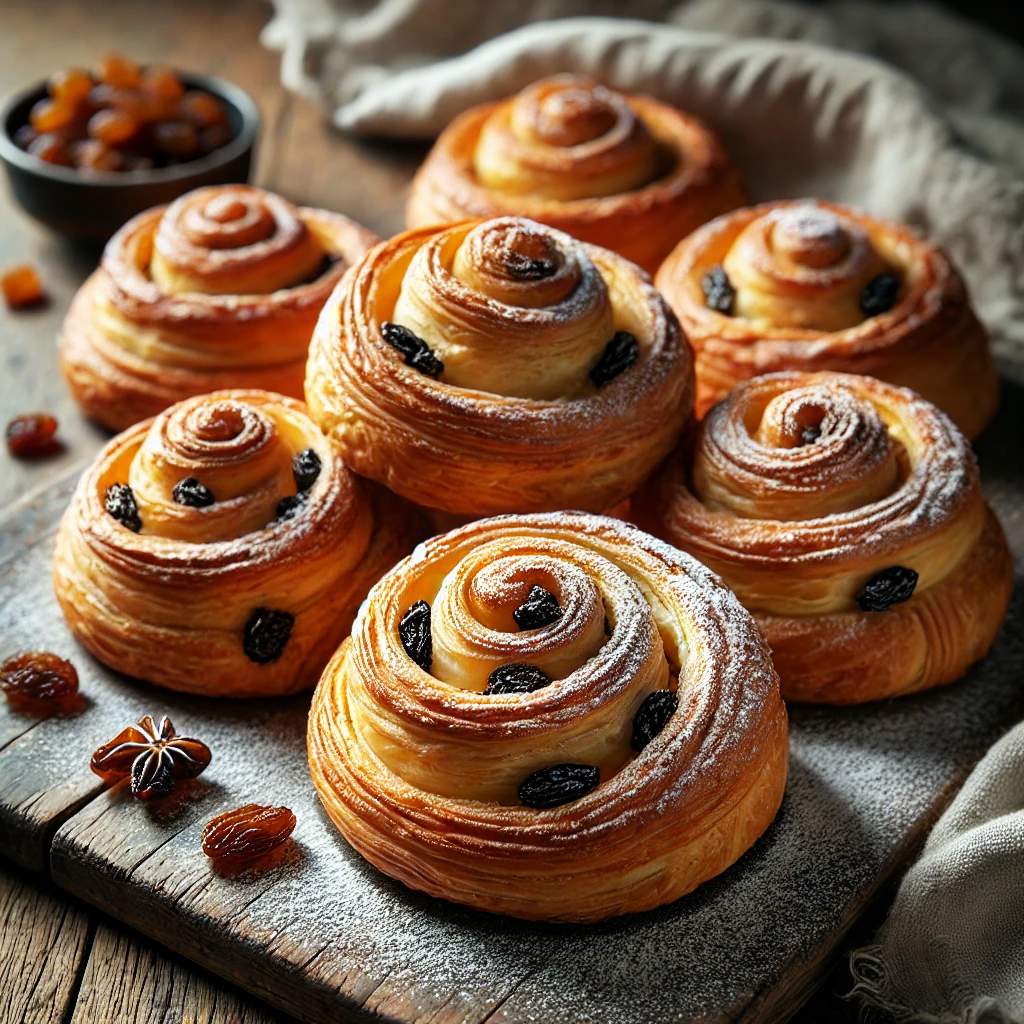Pain au Raisins, a classic French pastry, is the perfect balance of buttery, flaky dough and sweet, plump raisins rolled with a creamy custard filling. This delightful treat is a breakfast staple in French bakeries, but you can easily recreate it at home. While making pain au raisin from scratch requires a bit of time and attention, the reward is a pastry that’s fresh, warm, and absolutely delicious.
Let’s break down how to make this delicious pastry step-by-step, including preparing the pastry dough, the filling, and shaping the rolls. This recipe will guide you through creating this impressive treat, perfect for a special breakfast or brunch.
Ingredients:
The Pastry Dough (Pâte Feuilletée):
- 2 1/4 teaspoons active dry yeast
- 1/4 cup warm water
- 3 1/2 cups all-purpose flour
- 1/4 cup sugar
- 1 1/2 teaspoons salt
- 1/2 cup whole milk
- 1 large egg
- 1 cup cold unsalted butter (cut into small cubes)
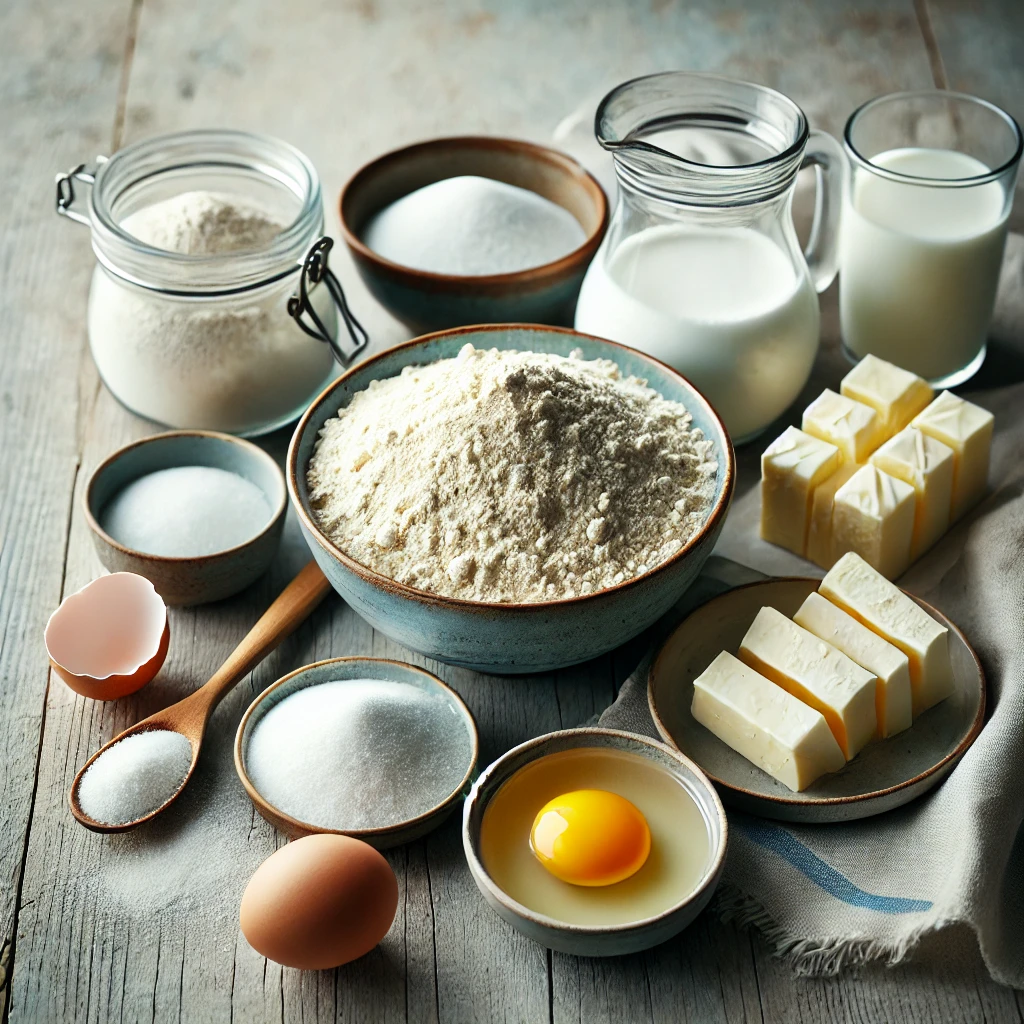
The Pastry Cream:
- 1 cup whole milk
- 1/4 cup sugar
- 3 egg yolks
- 2 tablespoons cornstarch
- 1 teaspoon vanilla extract
- 1 tablespoon unsalted butter
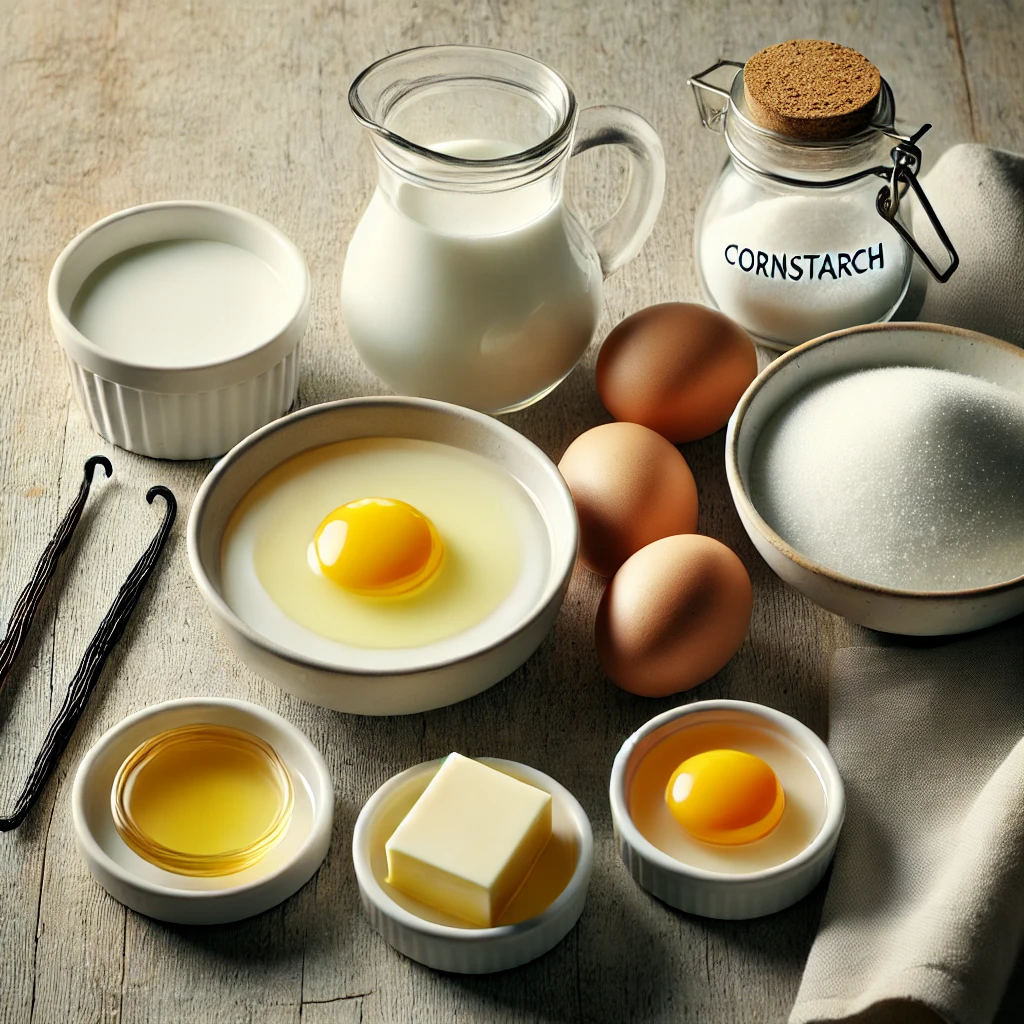
For the Filling and Glaze:
- 1/2 cup raisins (soaked in warm water)
- 1 egg (beaten, for egg wash)
- 1/4 cup apricot jam (warmed, for glaze)
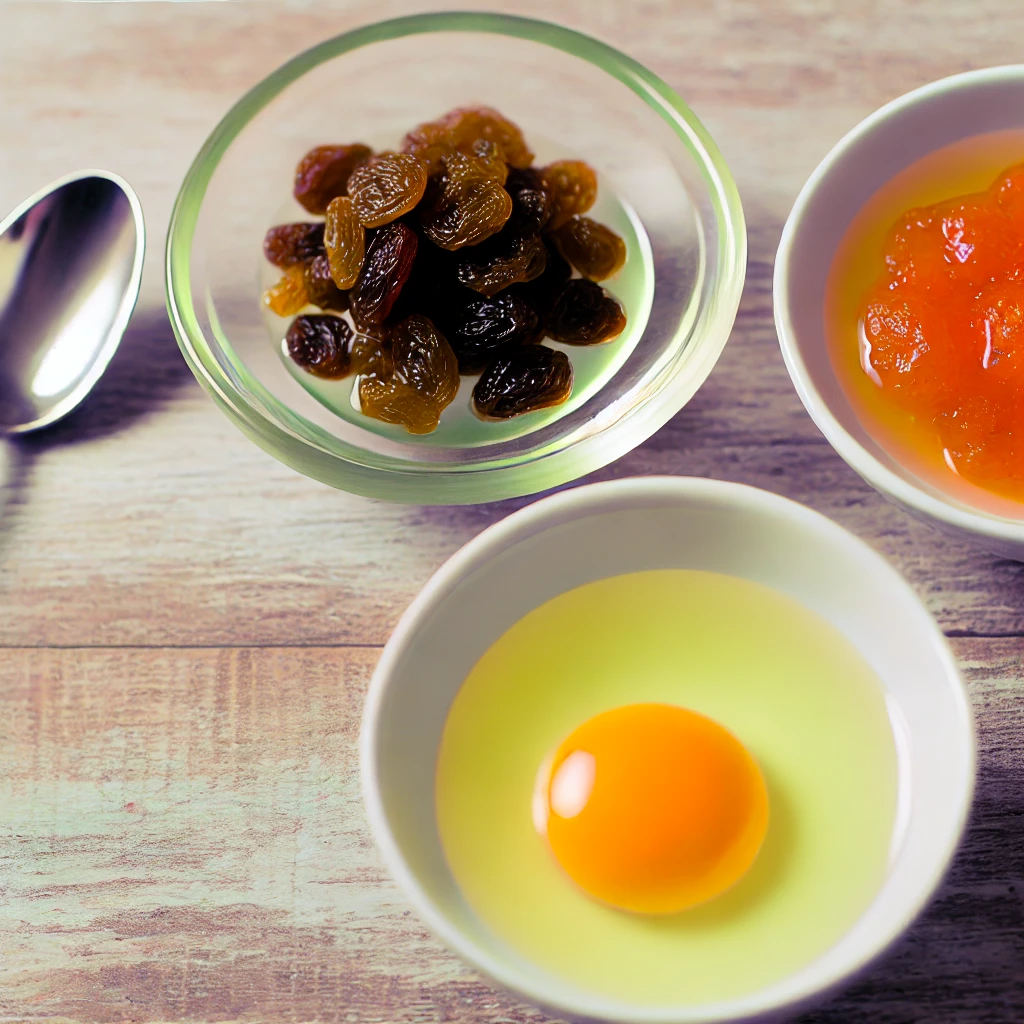
Instructions:
1. Prepare the Dough
Start by dissolving the yeast in warm water in a small bowl. Allow the yeast to activate for 5 minutes, until it becomes frothy. In a large bowl, combine the flour, sugar, and salt. Make a well in the center and pour in the yeast mixture, along with the milk and egg. Stir the ingredients together until the dough begins to form.
Move the dough to a lightly floured surface and knead it for around 5 minutes, until it becomes smooth and elastic. Shape the dough into a ball, cover it with a damp cloth, and let it rest for 10 minutes. Now, incorporate the butter by rolling the dough out into a rectangle about 1/2 inch thick. Spread the cold butter cubes over two-thirds of the dough. Fold the unbuttered third over the middle, then fold the remaining buttered third over that, like folding a letter. Roll the dough out again into a rectangle and repeat the folding process two more times, chilling the dough in the refrigerator for 30 minutes between each fold.
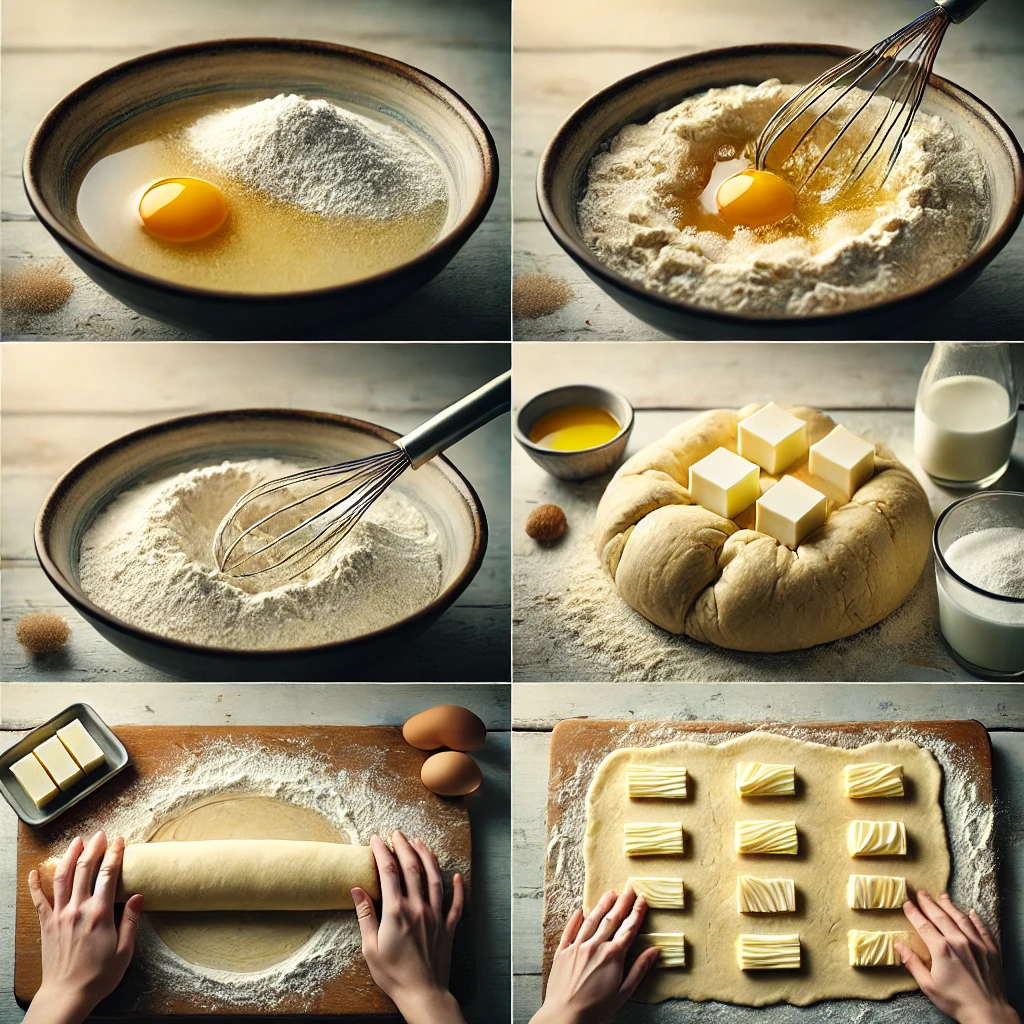
2. Make the Pastry Cream
While the dough chills, prepare the pastry cream.
In a medium saucepan, warm the milk until it starts to simmer. While it heats, whisk the egg yolks, sugar, and cornstarch in a separate bowl until smooth. Gradually add the hot milk to the egg mixture, whisking continuously to prevent the eggs from scrambling.
Return the mixture to the saucepan and cook over medium heat, whisking constantly, until it thickens into a smooth custard (about 2-3 minutes). Remove from heat, stir in the vanilla extract and butter, and let the cream cool to room temperature. Cover the pastry cream with plastic wrap, pressing the wrap directly onto the surface to prevent a skin from forming.
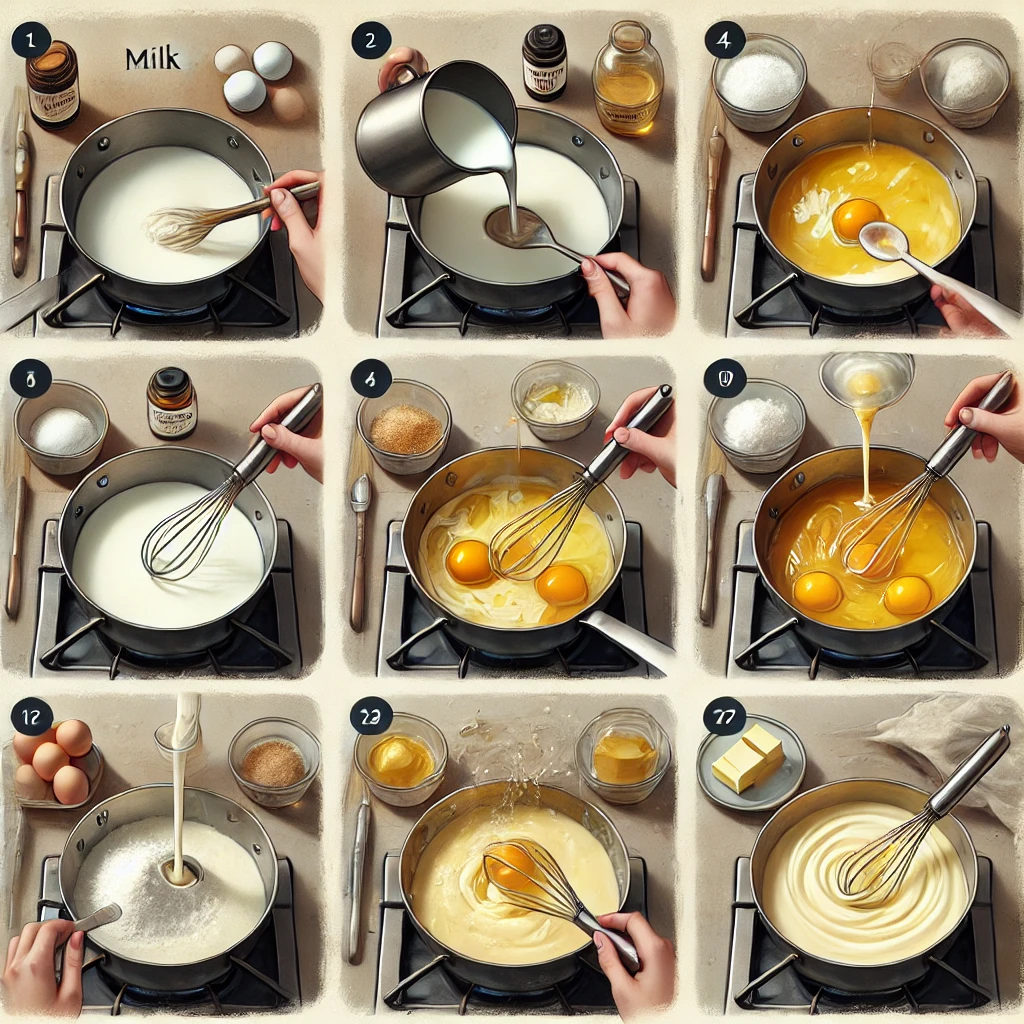
3. Assemble the Pain au Raisin
Once the dough has chilled and the pastry cream has cooled, it’s time to assemble the rolls. On a floured surface, roll the dough into a large rectangle, about 1/4 inch thick. Spread the cooled pastry cream evenly over the dough, leaving a small border around the edges.
Drain the soaked raisins and sprinkle them evenly over the pastry cream. Starting from one long edge, roll the dough tightly into a log. Use a sharp knife to slice the log into 1-inch thick rounds.
Place the rounds on a baking sheet lined with parchment paper, leaving space between each one. Lightly cover the rolls with a damp cloth and let them rise for about 1 hour, or until they have doubled in size.
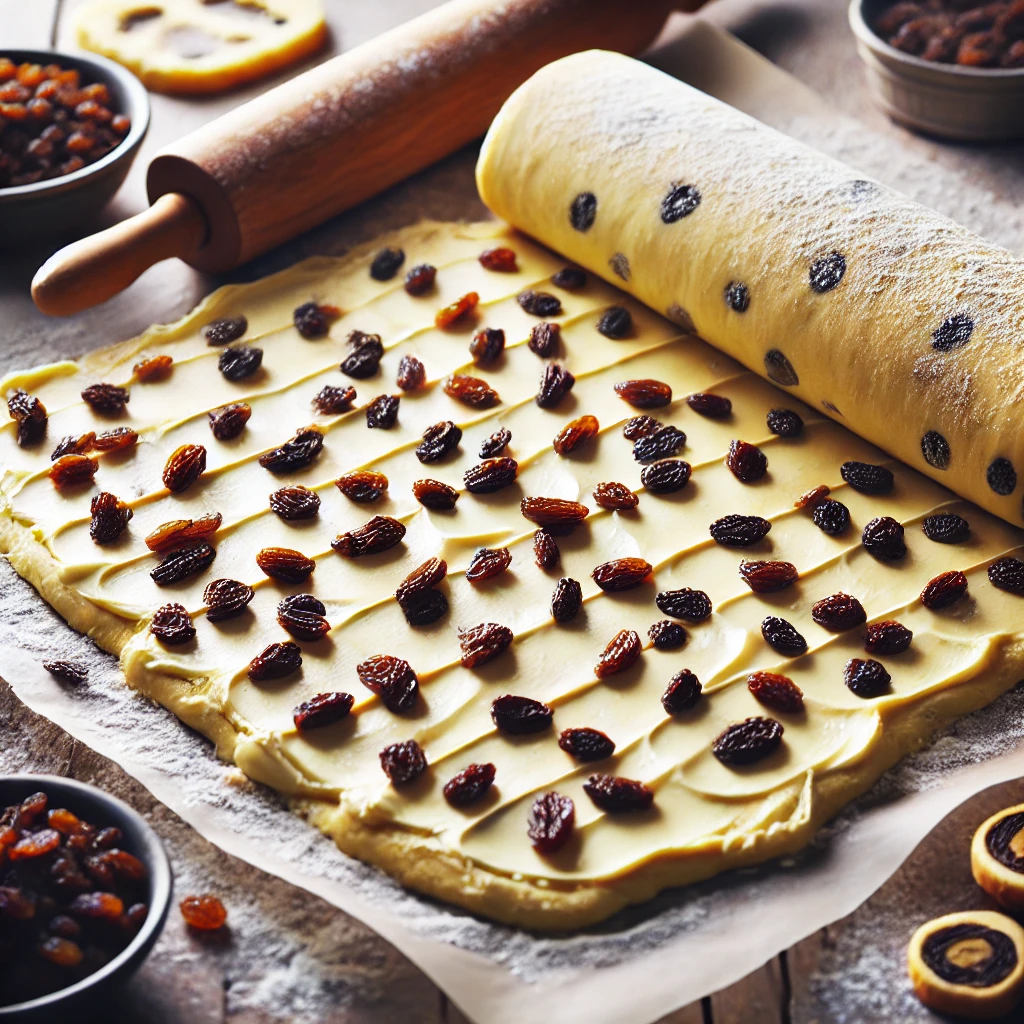
4. Bake the Pain au Raisin
Preheat your oven to 375°F (190°C). Lightly brush the tops of the rolls with beaten egg to give them a beautiful golden color and a shiny finish. Bake the pain au raisin for 15-20 minutes, or until they are puffed and golden brown.
While the rolls are still warm, brush them with the warmed apricot jam to create a beautiful glossy glaze. This step not only adds a touch of sweetness but also makes the pastries look irresistible.
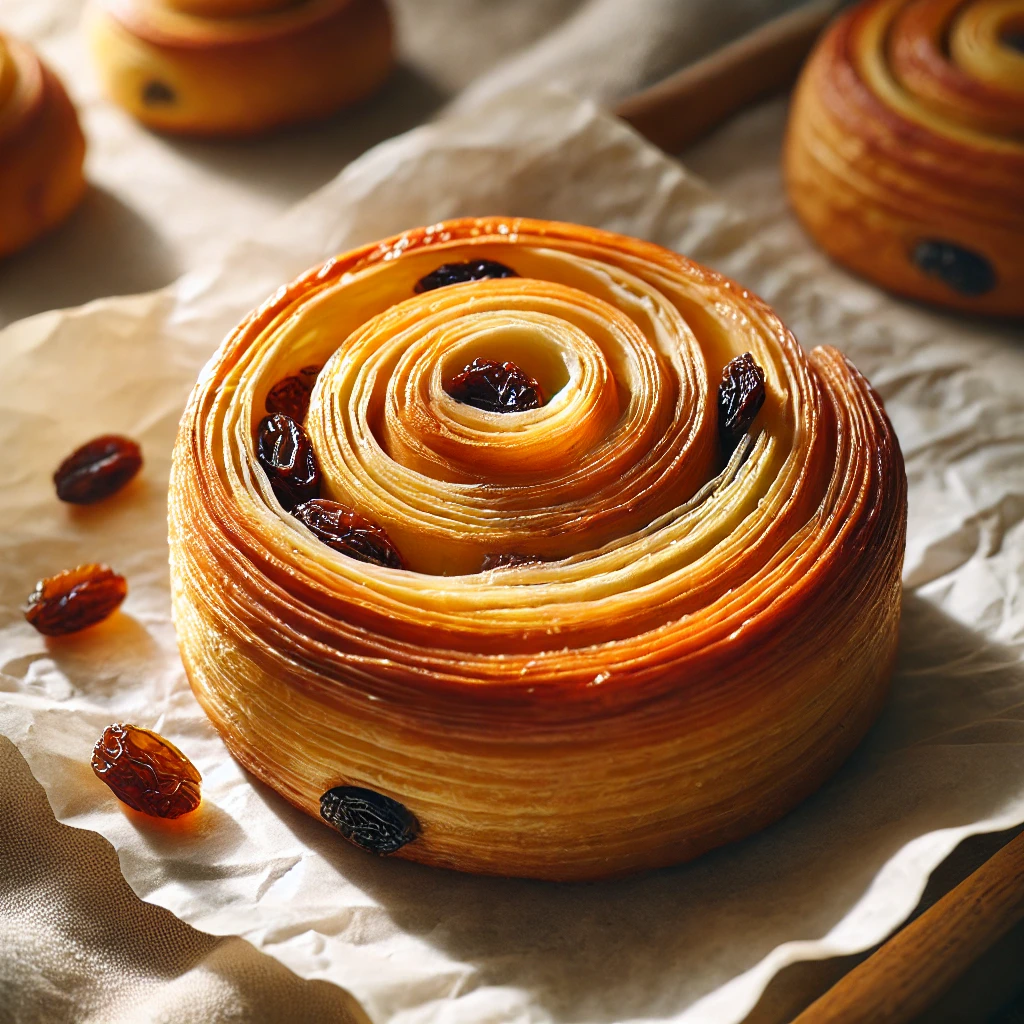
5. Serve and Enjoy
Let the pain au raisin cool slightly before serving. These pastries are best enjoyed fresh and warm, but they can also be stored in an airtight container for up to two days. To reheat, simply pop them in the oven for a few minutes to restore their flakiness.
Nutritional Benefits of Pain au Raisin:
While pain au raisin is an indulgent treat, it still offers some nutritional benefits, thanks to the key ingredients involved. Here’s why this pastry is more than just delicious:
- Raisins for Natural Sweetness and Fiber: Raisins provide natural sweetness, meaning you can enjoy the flavor without needing excessive amounts of added sugar. Raisins are also rich in fiber, which aids digestion and helps maintain a healthy gut.
- Eggs for Protein: The eggs used in both the dough and the pastry cream are a great source of high-quality protein. Protein is essential for building and repairing tissues, supporting muscle health, and providing energy.
- Milk for Calcium: The milk in the pastry cream is a good source of calcium, which is essential for maintaining strong bones and teeth.
- Moderate Sugar Levels: While this pastry does contain sugar, it’s a manageable amount that allows for a balanced indulgence. Enjoying a pain au raisin in moderation is a satisfying way to treat yourself without going overboard on sugar.
- Home-Baked Quality: When you bake at home, you control the quality of ingredients. Using real butter, whole milk, and fresh eggs means your pain au raisin is free from the preservatives and additives often found in store-bought pastries.
Conclusion:
Pain au raisin is a classic French pastry that combines the richness of buttery dough with the sweetness of raisins and the creaminess of pastry cream. Though it may take time to prepare, the process is worth it when you bite into a fresh, warm roll that you made yourself. The layers of flaky dough, soft custard, and juicy raisins create a pastry that’s both indulgent and satisfying. So why not try this recipe and enjoy a little taste of France at home?

